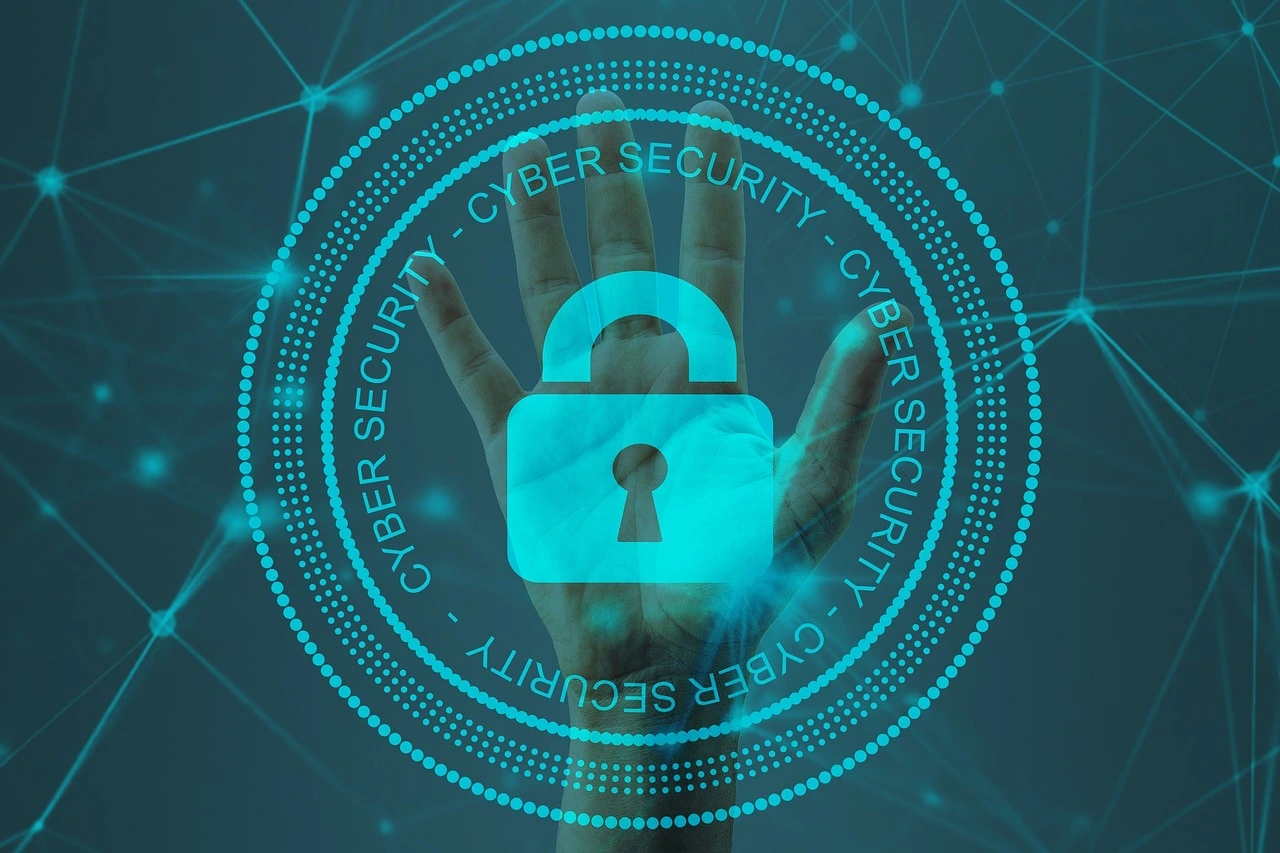Blog information
- Blog date: 2023-12-05 01:33:05
- Blog URL: www.codiasticsoft.com/Blogs
Cybersecurity is a comprehensive set of practices, technologies, processes, and strategies designed to protect computer systems, networks, and data from unauthorized access, cyberattacks, and other digital threats. The primary goal of cybersecurity is to ensure the confidentiality, integrity, and availability of information in the digital realm. It involves a wide range of measures and countermeasures to safeguard digital assets and mitigate the risks associated with the evolving landscape of cyber threats.
Core Components of Cybersecurity:
-
Network Security:
- Involves securing computer networks from unauthorized access, attacks, and vulnerabilities. This includes the use of firewalls, intrusion detection and prevention systems, and secure configurations.
-
Endpoint Security:
- Focuses on protecting individual devices (endpoints) such as computers, smartphones, and tablets from malicious activities. Endpoint security includes antivirus software, anti-malware tools, and endpoint detection and response (EDR) solutions.
-
Identity and Access Management (IAM):
- Ensures that only authorized individuals or systems have access to specific resources. IAM involves managing user identities, access permissions, and authentication processes.
-
Data Security:
- Encompasses the protection of data from unauthorized access, disclosure, alteration, or destruction. Encryption, data classification, and secure data storage practices are essential components.
-
Application Security:
- Focuses on securing software and applications from vulnerabilities and cyber threats. Secure coding practices, application testing, and patch management contribute to application security.
-
Cloud Security:
- Addresses the unique security challenges associated with cloud computing. This includes securing data stored in the cloud, managing access controls, and ensuring the security of cloud infrastructure.
-
Incident Response and Management:
- Involves planning and responding to security incidents. This includes detecting and analyzing security breaches, containing the impact, and implementing measures to prevent future incidents.
-
Security Awareness and Training:
- Educates users and employees about cybersecurity best practices, threats, and the importance of maintaining security hygiene. Human factors play a crucial role in the overall security posture of an organization.
Common Cyber Threats:
-
Malware:
- Malicious software designed to harm or exploit computer systems. Examples include viruses, worms, trojans, and ransomware.
-
Phishing:
- Attempts to trick individuals into revealing sensitive information by posing as trustworthy entities. Phishing typically occurs through deceptive emails or messages.
-
Denial-of-Service (DoS) Attacks:
- Overwhelming a system, network, or website with traffic to disrupt normal functioning and deny access to users.
-
Man-in-the-Middle (MitM) Attacks:
- Intercepting and potentially altering communications between two parties without their knowledge.
-
SQL Injection:
- Exploiting vulnerabilities in web applications by injecting malicious SQL code, potentially leading to unauthorized access to databases.
-
Zero-Day Exploits:
- Attacks that target vulnerabilities in software or hardware that are not yet known to the vendor.
Importance of Cybersecurity:
-
Protection of Sensitive Data:
- Safeguarding personal, financial, and business-critical information.
-
Preservation of Privacy:
- Ensuring that individuals' private information is kept confidential and secure.
-
Business Continuity:
- Preventing disruptions to operations caused by cyber incidents.
-
Financial Stability:
- Protecting against financial losses associated with cyber attacks and data breaches.
-
National Security:
- Safeguarding critical infrastructure and national interests from cyber threats.
Cybersecurity Best Practices:
-
Regular Software Updates:
- Keeping operating systems, software, and applications up to date to address known vulnerabilities.
-
Strong Authentication:
- Implementing multi-factor authentication to enhance access security.
-
Employee Training:
- Providing ongoing cybersecurity awareness and training to employees to recognize and avoid potential threats.
-
Network Segmentation:
- Dividing networks into segments to limit the spread of malware and unauthorized access.
-
Data Encryption:
- Encrypting sensitive data to protect it from unauthorized access, especially during transmission.
-
Incident Response Planning:
- Developing and regularly testing incident response plans to effectively respond to and recover from security incidents.
-
Collaboration and Information Sharing:
- Sharing threat intelligence and collaborating with the cybersecurity community to stay informed about emerging threats.
As technology continues to advance, the importance of cybersecurity becomes increasingly critical. Organizations and individuals alike must adopt a proactive and adaptive approach to cybersecurity to stay ahead of potential risks and protect digital assets and information.

